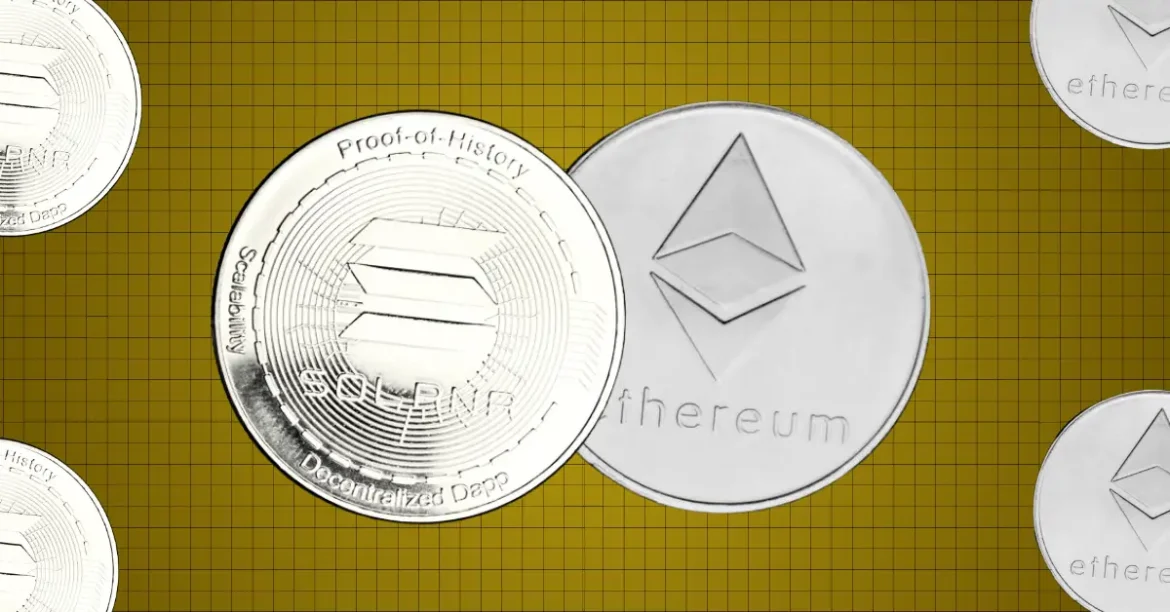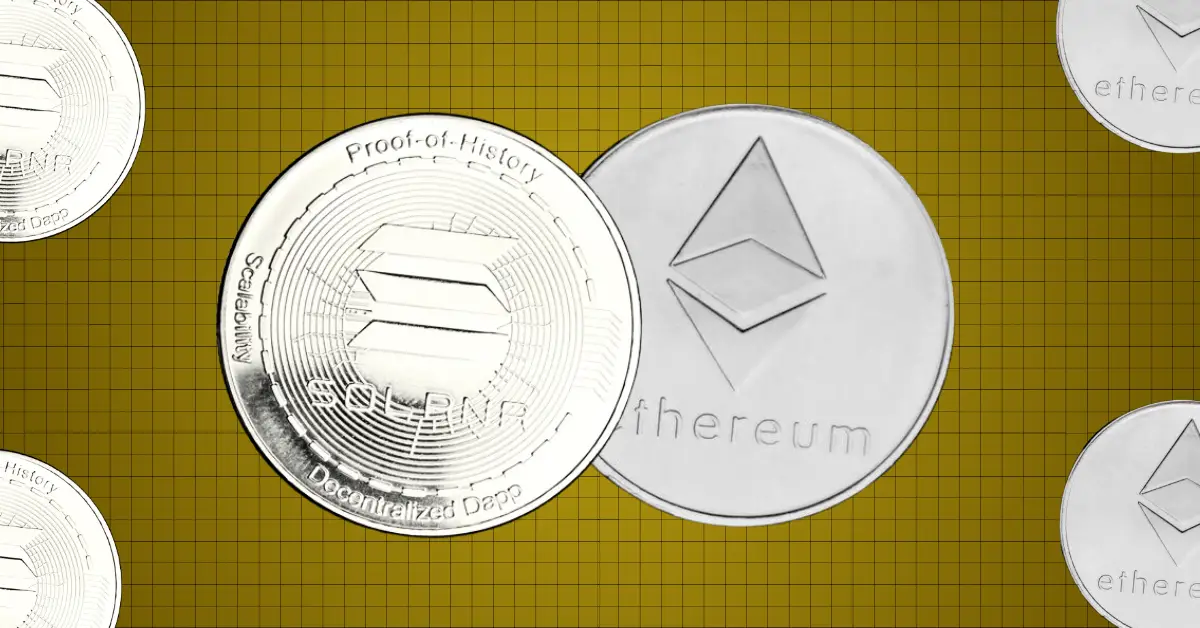The Future of Solana: Growth, Valuation, and Competition with Ethereum
The evolving cryptocurrency landscape continues to ignite debate over the long-term potential of various blockchain platforms. Among them, Solana (SOL) has captured significant attention for its rapid growth and technical capabilities. Leading financial institutions such as Standard Chartered Bank have provided detailed forecasts and nuanced analyses on Solana’s future, particularly through 2025 and beyond. This report dissects these forecasts, valuation metrics, and comparative positioning, especially against Ethereum (ETH) and Bitcoin (BTC), to reveal the dynamics shaping Solana’s prospects.
—
A Bullish Outlook for Solana’s Price Performance
Standard Chartered’s research team, led by Geoffrey Kendrick, projects Solana’s price to hit roughly $275 by the end of 2025, representing a more than 50% increase from current price levels around $175. More bullish scenarios see Solana reaching $500 by 2029, or even a potential fivefold price surge if certain political conditions change—specifically if Donald Trump wins the U.S. presidential election, according to Kendrick’s model.
Solana’s price trajectory is also tied to wider crypto market momentum, with expectations that a significant Bitcoin rally—predicted to hit $100,000 or even $200,000 by 2025—will provide upward pressure on altcoins like Solana. This optimism is rooted in Solana’s technical foundation, its ability to handle high transaction volumes, and expanding network adoption.
—
Underpinning Technical Strength and Growing Adoption
Solana has demonstrated remarkable transaction throughput and growing user engagement. By mid-2024, the blockchain hosted approximately 3.25 million active users with nearly 36 million daily transactions—figures that notably exceed Ethereum’s approximate 1.13 million daily transactions during the same period. Such metrics underscore Solana’s efficiency and appeal for decentralized applications (DApps) and decentralized exchanges (DEXs).
Despite these advances, Standard Chartered tempers enthusiasm by highlighting that Solana still faces challenges such as network outages and developing ecosystem support. These issues, coupled with the elevation of newcomers and competition from established blockchains, position Solana as a promising but still maturing platform.
—
Solana versus Ethereum: Valuation and Market Dynamics
One of the most striking insights from Standard Chartered’s analysis is that Solana is currently “overvalued” relative to Ethereum under several new valuation metrics introduced by the bank. While Solana commands strong investor sentiment, Ethereum’s dominance in total value locked (TVL), decentralization, DApp variety, and developer community remains unmatched.
Standard Chartered forecasts the ether/solana price ratio to rise from about 14 today to 17 by the end of 2027, indicating Ethereum’s continued premium and resilience in the medium term. The bank even expects Solana to underperform Ethereum over the next two to three years before potentially closing the gap in the longer term, as new sectors and applications develop on Solana’s platform.
—
Political Influence on Crypto Market Trajectories
An unusual but critical factor influencing Standard Chartered’s projections is the U.S. presidential election and its impact on cryptocurrencies. Analysts suggest that if Donald Trump is reelected, Solana could dramatically outperform both Ethereum and Bitcoin, potentially driven by shifts in regulatory environment and policy favoring crypto adoption.
Conversely, a Joe Biden or Kamala Harris victory could bolster Bitcoin and Ethereum’s dominance while slowing Solana’s relative gains. This political variable adds uncertainty but also highlights how macroeconomic and regulatory frameworks remain key drivers in crypto investment landscapes.
—
Ethereum’s Resilience and Price Adjustments
Standard Chartered has revised down its Ethereum price forecast for 2025, now estimating a peak near $4,000, down roughly 60% from prior predictions. This downgrade reflects broader market corrections and competitive pressure from other chain technologies, including Solana.
Nonetheless, Ethereum’s fundamentals—as the platform of choice for DeFi, NFTs, and large-scale smart contracts—sustain its leadership status despite price fluctuations. Standard Chartered expects Ethereum to “stay on top” of the blockchain hierarchy, maintaining its primacy in TVL and developer activity.
—
Solana’s Long-Term Potential Amid Market Volatility
Beyond 2025, projections envision Solana reaching $500 by 2029, indicating almost a threefold gain from the 2025 target. This suggests faith in Solana’s ability to capture new sectors and scale network usage as infrastructure and adoption mature.
Still, the reports emphasize Solana’s price gains will be tied to broader market performance, ecosystem developments, and political outcomes. Analysts stress Solana’s valuation multiples are currently stretched, meaning short-term corrections or volatility remain likely until the token’s underlying fundamentals catch up.
—
Conclusion: A Contender with Challenges and High Upside
Solana stands as one of the most dynamic Layer 1 blockchains, delivering impressive technical achievements and adoption metrics that have fueled optimism for substantial price appreciation by 2025 and beyond. However, its premium valuation relative to Ethereum, operational challenges, and political uncertainties underscore a complex risk-reward profile.
While Ethereum continues to dominate in decentralization, TVL, and established ecosystem strength, Standard Chartered foresees a future where Solana could rival or even outperform it under favorable conditions. Investors will need to watch regulatory trends, network upgrades, and cross-chain competition closely.
Ultimately, Solana represents a high-potential yet nuanced competitor in the evolving blockchain arena—positioned to grow significantly but reliant on a combination of internal innovation, external market forces, and political realities to fully realize its promise.





